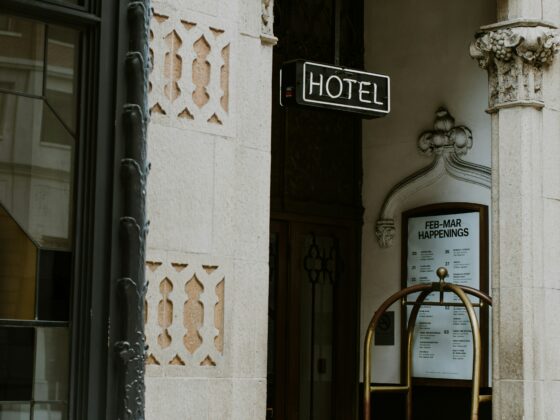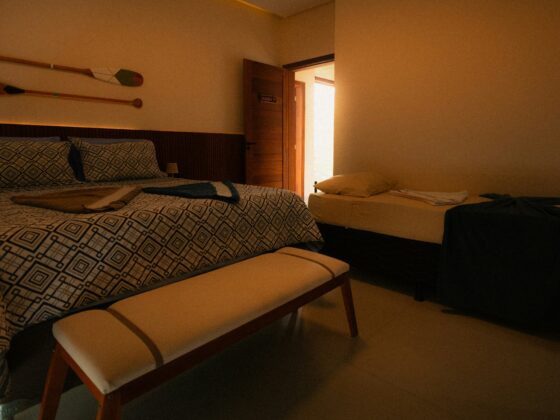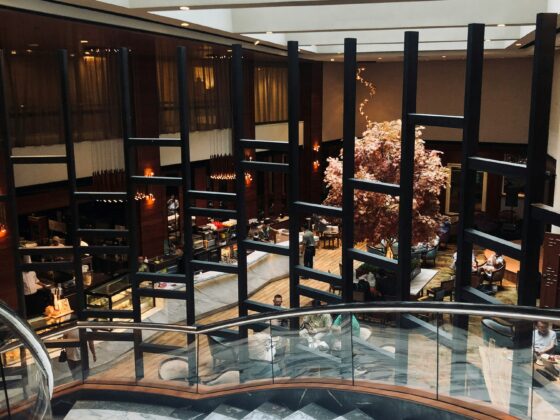Coliving, has gained significant momentum in recent years, particularly in cities where young professionals, students, and remote workers seek affordable yet communal living arrangements.
Colodge expands in Lyon
In France, Colodge is making waves with the opening of its new coliving space in Lyon, highlighting the continued demand for shared living spaces that combine comfort, community, and affordability.
The newly opened Colodge space in Lyon, located in the Vaise district, is an example of how coliving spaces are blending heritage with contemporary needs. The mansion, originally the studio of artist Gabriel Gouttard, has been renovated to maintain its architectural charm while offering modern comforts. The property can host 12 colivers and includes communal living areas such as a kitchen, coworking space, and a shared garden, providing a home-like atmosphere that encourages social interactions among residents.
The property also includes 11 bedrooms, and a private studio located at the bottom of the garden. Residents will have access to a shared garden, a terrace for outdoor dining, and a gravel courtyard.
The evolution of Coliving
This approach reflects the evolution of coliving from a basic accommodation model to a premium living experience that appeals to a wide variety of people, from students to entrepreneurs and remote workers.
The growth of coliving can be seen as part of a broader shift in housing and hospitality. As housing prices soar, particularly in urban areas, coliving offers an alternative solution by providing flexible, shared accommodations that reduce living costs while fostering a sense of community. For young professionals, nomadic workers, and even retirees, coliving spaces offer the opportunity to share living and working spaces, thus addressing both financial and social needs. This model aligns also with the values of Millennials and Gen Z, who prioritize experiences over ownership and value flexibility.
![]()
The HIFE Issy-les-Moulineaux example
Another example is also HIFE Issy-les-Moulineaux, by The Boost Society and it’s the third residence under the HIFE brand. This 9-story building offers 7,000 square meters of accommodation and 800 square meters of communal areas. The residence features various shared spaces, including “Live Up” with a pop-up store, “Studio Live” for music and karaoke, a 326-square-meter catering area called “HIFE Corner,” and “Be Alive” which includes a gym, pool, sauna, and beauty room. Exclusive spaces for residents include “Live Sweet Live,” with a kitchen, coworking areas, and a vinyl-friendly lounge. The residence offers various flat and studio options for both short and long stays, including larger flats for two people and smaller studios suitable for singles or couples.
The Coliving trend’s growing appeal
The rise of coliving is not just a passing trend but an evolution in response to lifestyle changes, with an increasing number of investors now recognizing the potential profitability of this market. For instance, the growing interest in coliving has led to the emergence of significant investment deals, such as the €300 million collaboration between Extendam, Keys REIM, and Stone Capital to expand Outsite’s presence in Europe. This kind of investment signals that coliving is no longer seen as a niche but rather as a viable segment with substantial returns.
New developments in Coliving
In addition, coliving spaces are evolving from repurposed buildings to newly developed properties, as seen in cities like New York and London, where large-scale developments are being undertaken by funds such as Blackrock and Oaktree. This transformation signals a future for coliving, which now includes a diverse range of housing options, from converted warehouses to brand-new buildings designed specifically for communal living.
The future of Coliving in Lyon and beyond
The new coliving space opened by Colodge in Lyon exemplifies the modern coliving movement, offering a blend of affordability, community, and high standards of comfort. As this segment of the hospitality industry continues to grow, more cities and investors are likely to embrace coliving, recognizing its potential to meet both the social and economic needs of today’s mobile and interconnected populations. Colodge’s expansion is just one example of how this trend is reshaping urban living in France, with more developments expected in the coming years.









